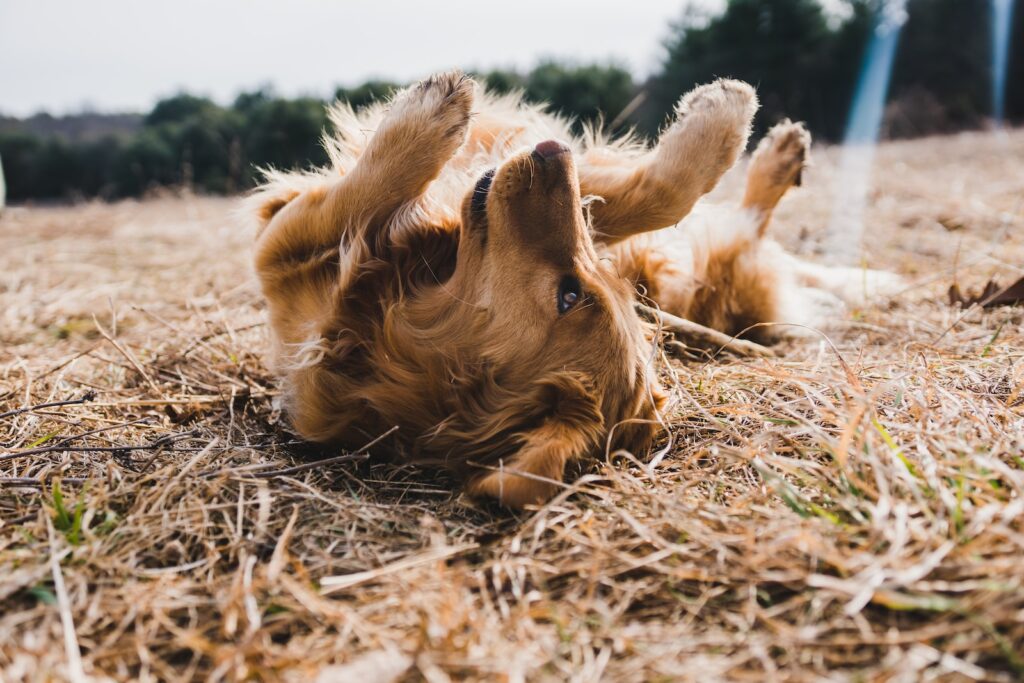Can Dogs Eat Olives? — Yes, They Can
Olives can be safely consumed by dogs in moderation. Dogs can enjoy the taste of olives and benefit from certain nutrients they contain. However, it is important to take some precautions when feeding olives to dogs.
Can Puppies Eat Olives?
Puppies can also eat olives, but it should be done with caution and in moderation. Their digestive systems are still developing, so introducing new foods should be done gradually and with guidance from a veterinarian.
Things to consider when feeding olives to puppies?
When feeding olives to puppies, it is essential to ensure that the olives are pitted, as the pits can pose a choking hazard. Start with small amounts and monitor their reaction. If any digestive issues occur, such as diarrhea or vomiting, it’s best to discontinue feeding olives to puppies and consult a vet.
Nutritional Benefits of Olives for Dogs — Why Olives are Good for Dogs?
1. Healthy Fats:
Olives are a source of healthy fats, including monounsaturated fats, which can contribute to a dog’s overall health. These fats promote a shiny coat, support brain function, and provide energy.
2. Antioxidants:
Olives contain antioxidants that help combat free radicals and reduce oxidative stress. This can be beneficial for a dog’s immune system and overall well-being.
3. Vitamins and Minerals:
Olives contain various vitamins and minerals, including vitamin E, iron, and calcium. These nutrients play a crucial role in maintaining a dog’s overall health, including bone strength and blood cell production.
4. Hydration:
Olives have a high water content, which can contribute to a dog’s hydration. This is especially beneficial during warmer months or for dogs who do not drink enough water.
5. Flavor and Enrichment:
Feeding olives to dogs can introduce new flavors and textures to their diet, adding enrichment to mealtime and potentially encouraging picky eaters to consume their regular food.
Potential Allergies: Can Dogs Be Allergic to Olives?
While allergies to olives are rare in dogs, some dogs may exhibit sensitivities or allergies to certain components of olives. If you notice any unusual symptoms after feeding olives to your dog, such as skin irritation, itching, or gastrointestinal issues, it’s essential to consult a veterinarian for further guidance.
Symptoms of olive allergies in dogs:
- Itchy or inflamed skin
- Hives or rashes
- Diarrhea or vomiting
What to Do If Your Dog Shows Symptoms?
- Discontinue feeding olives immediately
- Contact your veterinarian for advice
- Keep an eye on your dog’s symptoms and note any changes
Recommended Amount: How Much Olives Can a Dog Consume?
As with any new food, it is important to introduce olives gradually and in moderation. A general guideline is to feed olives as a treat or addition to regular meals, limiting the portion size to no more than 10% of the dog’s daily calorie intake. It is crucial to consider your dog’s size, weight, and overall health when determining the appropriate amount of olives to feed.
Things to Consider When Feeding Olives to Dogs
Always choose plain, pitted olives without any added seasoning or oils. Avoid feeding dogs olives soaked in brine, as excessive salt can be harmful to their health. Remember to consult with your veterinarian before introducing any new foods into your dog’s diet.
How to Feed Olives to Dogs: A Quick Guide
Feeding olives to dogs can be a delightful addition to their diet. Here are a few ideas:
Olive and Chicken Salad
Create a delicious salad by mixing chopped olives with cooked and shredded chicken. Serve a small portion as a special treat for your dog.
Olive and Vegetable Medley
Combine olives with cooked vegetables, such as carrots, peas, and green beans. This colorful and nutritious medley can be served alongside your dog’s regular meal.
Olive Stuffed Toys
Consider stuffing your dog’s chew toys with small pieces of olive to provide engagement and mental stimulation.
Conclusion
Olives can be a safe and enjoyable occasional treat for dogs. They offer various nutritional benefits, including healthy fats, antioxidants, and hydration. As with any food, moderation is key, and it is crucial to monitor your dog’s reaction and consult a veterinarian if any unusual symptoms occur. Remember to always prioritize your dog’s well-being and consult with professionals for any specific dietary concerns.



